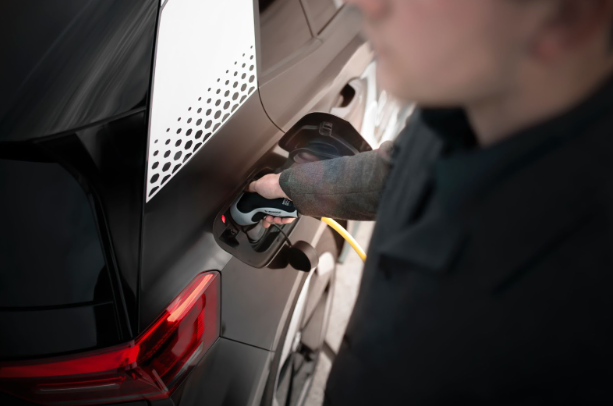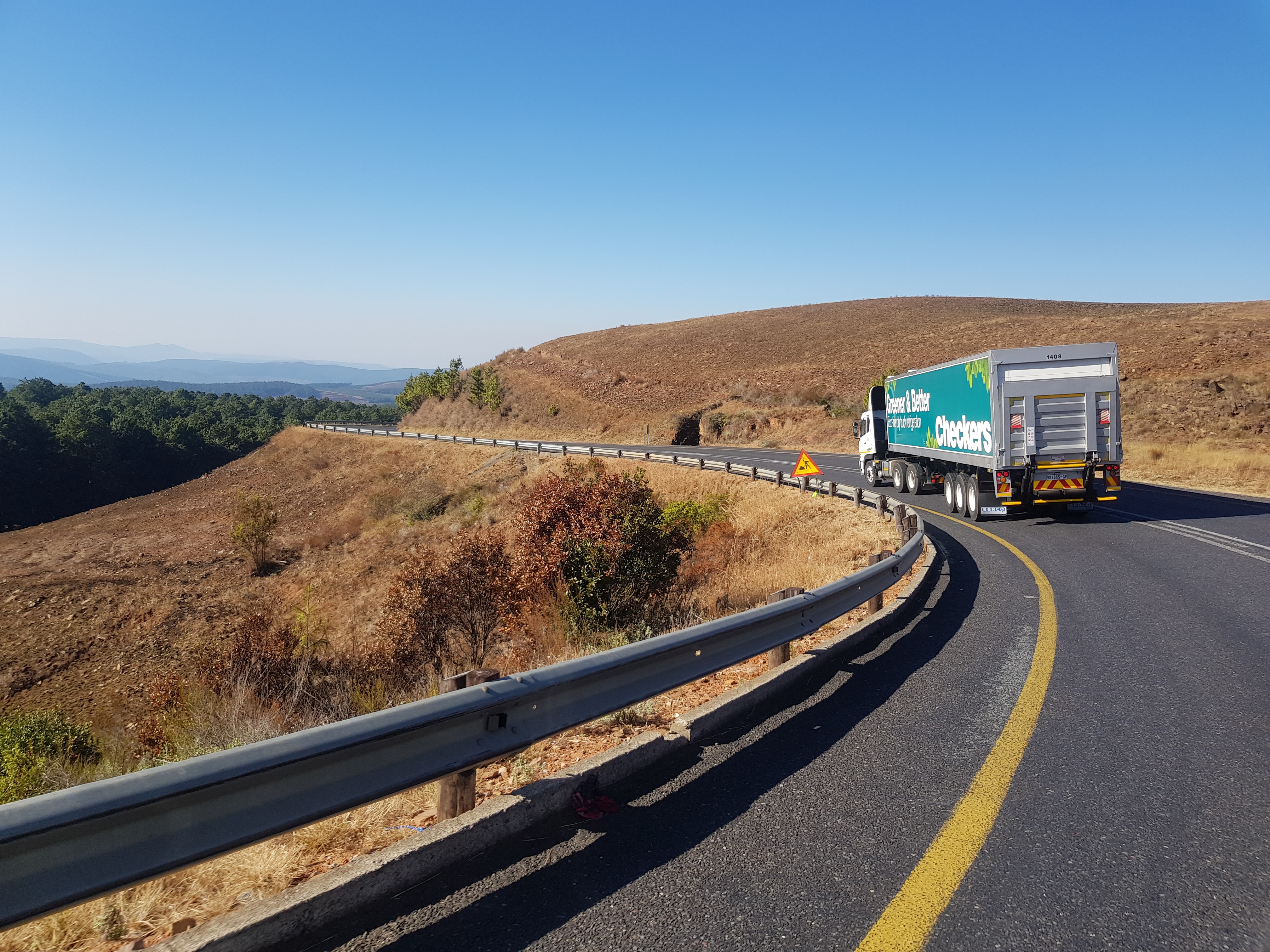We spoke to Kerry-Lee du Toit, Energy Manager for Barloworld Automotive, including the divisions of Avis Fleet, Avis Budget and Barloworld Motor Retail. Kerry headed up a team who were responsible for installing motion sensor lights in Avis Fleet Head Office in Isando.

Energy efficient motion sensor lighting
In part 1 we look at the inception of this exciting project. If you are interested in what it is exactly energy management involves and the best way to be energy efficient, be sure to look out for part 2 link to blog, a look at the bigger picture in energy management.
Why this project is important
Making buildings that are more energy efficient is important to Avis Fleet, as part of the Barloworld Ltd. family, sustainability is one of the core pillars and is central to the ethos of the company.
The project has been many years in the making. Kerry joined the team three-and-half-years ago and it had just started slightly before that time. Barloworld provided her with the sensor proposals for the building and asked her to assess them.
According to Kerry it’s been satisfying to watch the project coming together.
She explains, “We calculated, based on all metering data, an average base load of the building over a 12-month period and then we had a look at the lowest night load that we could possibly reach and we used that as an indication of what our savings could be throughout the project. We’ve been monitoring and we’ve actually pretty much reached that target night load. So that’s a really, really positive thing for us.”
She began by running a pilot. During this process they assessed various suppliers and focused on the sixth floor West Wing, they used the results of this study, and similar studies, to show the viability of the project.
From pilot to proposal
After completing the pilot study, they put together a proposal for the rest of the building, a very lengthy process that involved identifying the design for each area of the building and making the calculations regarding the space.
The challenge experienced was that there are different sensors that go into different areas of the building for different reasons. For instance, there could be a microwave sensor for a large open area that has to detect movement through or past obstacles like partitioning between the desks, et cetera.
Then there are standard passive infrared sensors (PIRs) for the offices. They also looked at the option of lux setting for the north facing offices (lux is simply a measurement of light.
This setting detects when there’s sufficient natural light, and then switches the lights off. When the sun starts going down or it moves to a point when the lux drops, it will switch the lights back on.
The Avis Fleet headquarters is ideal for this because it’s north facing with big windows, which is another great aspect that makes the building more energy efficient.
The implementation phase
Kerry explains that the roll-out and implementation involves commissioning, making sure that the settings are correct, testing, and looking for false triggering.
False triggering is where something activates the sensitive equipment and the team has to find out what it was in order to stop this from happening. This phase is not without complications but it’s also exciting since it’s here that the optimum energy efficiency results materialize and this can be verified through measurement.
Avis Fleet are committed to finding sustainable solutions. Find out more about our solutions here.





